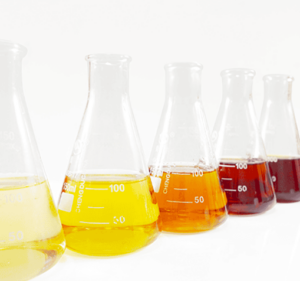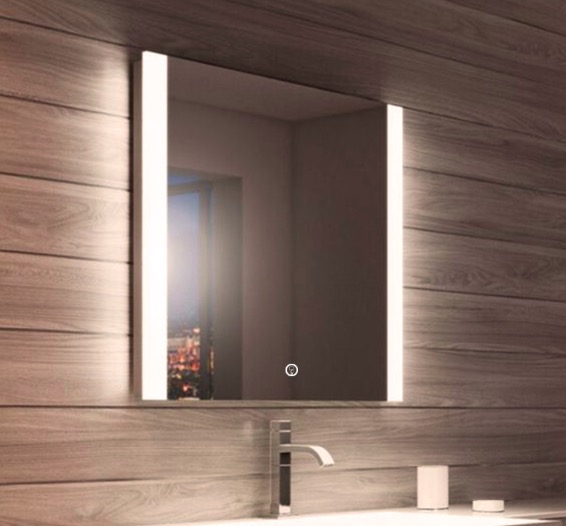Caramel Color Liquid – Common Food Ingredients
Home » Caramel Color Liquid – Common Food Ingredients
RECENT POSTS
Share:
- November 15, 2024
Table of Contents
Liquid caramel color is the most widely applied ingredient in the food-related business and industry, particularly appealing to give food products an attractive brown appearance. The most widespread application areas of liquid caramel color have been to create deep-colored shades, mainly familiar to consumers of foods coming from various food product ranges. End. Understanding the characteristics, types, and applications of caramel color liquid can be undertaken in trying to understand why it is one of the best products to use during food processing.
What is Caramel Color Liquid?
 The most commonly known water-soluble food coloring is derived from the controlled heating of carbohydrates like sugar, thereby forming a liquid caramel color. It forms a brown color during this process called caramelization and is ideal for tints to be imparted to food and beverages. This liquid caramel color has been known to be consistent and mix well with other ingredients. This liquid caramel color presents stability and uniformity in coloring that allows manufacturers to create their products with stable color.
The most commonly known water-soluble food coloring is derived from the controlled heating of carbohydrates like sugar, thereby forming a liquid caramel color. It forms a brown color during this process called caramelization and is ideal for tints to be imparted to food and beverages. This liquid caramel color has been known to be consistent and mix well with other ingredients. This liquid caramel color presents stability and uniformity in coloring that allows manufacturers to create their products with stable color.
Types of Liquid Caramel Color
Four grades of liquid caramel color exist, each with different characteristic properties and best uses as shown below:
Class I (Plain): This is not used with ammonium or sulfite compounds; it is used in products that call for slightly mild coloring. Some beverages and dairy items fall into this category.
Class II (Caustic Sulfite): It is used in alcohols and produces deep color, without hurting the flavor of the beverage.
Class III (Ammonia Caramel): Being intensive in color, this class of caramel is mainly used in sauces, syrups, and bakery products.
Class IV: (Sulfite Ammonia Caramel): These are the darkest available types of liquid caramel color and are generally used in foods such as cola and other dark beverages.
There are four distinct classifications of liquid caramel color with different properties that might provide food manufacturers with the best selection of a caramel color liquid for the desired color intensity and flavor profile for their food product.
Uses and Benefits of Liquid Caramel Color
Beyond making food attractive and enhancing its appearance, liquid caramel color plays an important role in food production. It standardizes the look of products so that each batch appears the same, and attractive in color. It also enhances flavor perception; the deep richness of caramel color can make foods appear more robust and appetizing.
The caramel-colored liquid is so versatile that it can be used in almost every food product, bakery product, sauce, seasoning, or other beverage. In beverages, caramel-colored liquid adds depth and consistency to the appearance of many colas, iced teas, and even some alcoholic drinks.
Is Caramel Color Liquid Safe?
Liquid caramel color is, therefore safe to take if it is manufactured in line with the industry standards. The FDA and European Food Safety Authority also set the level of its intake that can be traced within any food product made ensure its safety. However, it calls for much compliance from a manufacturer in their productions to ensure its consumers receive a product that satisfies quality and safety conditions.
Conclusion
Caramel color liquid has applications in the food industry due to its important color-enhancing properties. It is very versatile, hence widely used in various food products because it offers a consistent and appealing hue in drinks to sauces. Understanding its types and applications could help consumers and food manufacturers appreciate the role of liquid caramel color in creating visually appealing foods.
0

